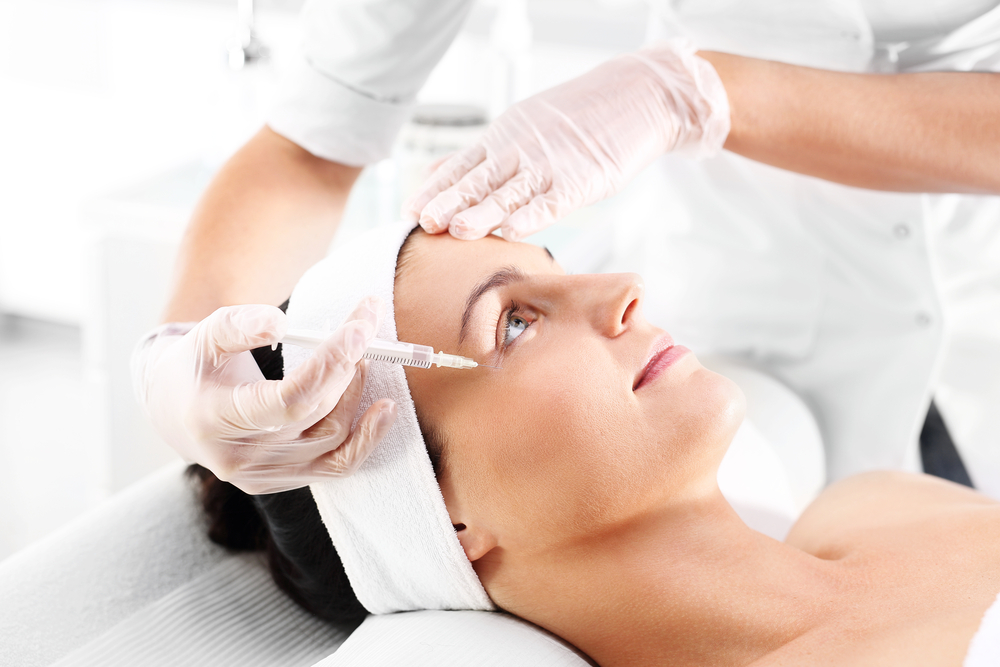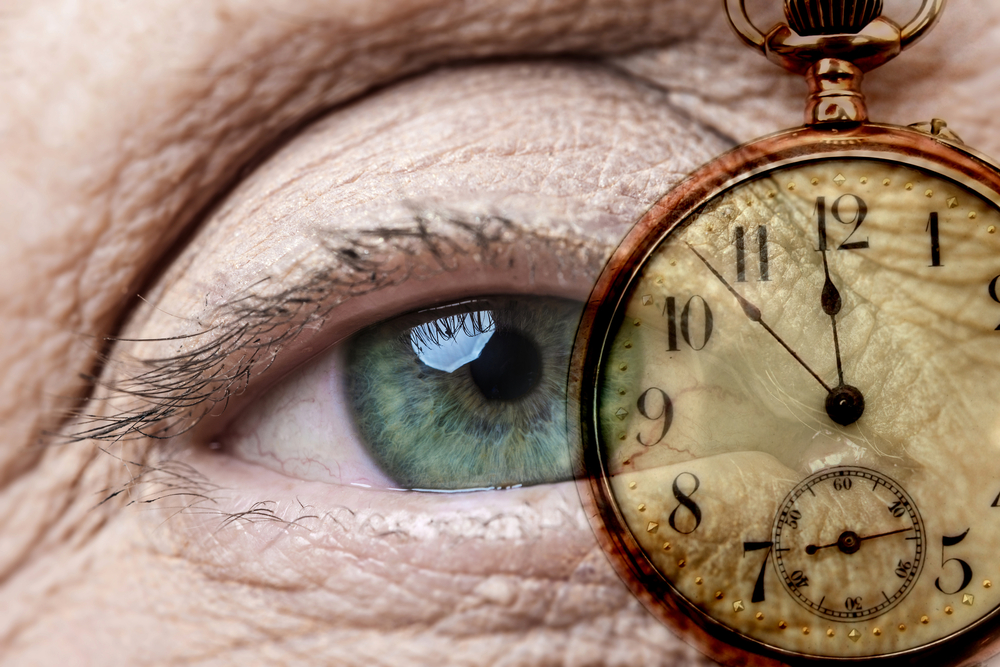- FaceTite is a less-invasive alternative for those who don’t want to have a facelift.
- Candidates for FaceTite include those with sagging, loose skin in the face and neck areas.
- The procedure is less painful than Ultherapy and Thermage, with more dramatic results.
What is FaceTite?
FaceTite is a bladeless, scarless surgical procedure that uses radiofrequency technology to improve skin laxity in the face and neck. Though FaceTite has been available in Canada and Europe for years, it was only approved in the United States in 2016. Since then its popularity has spread among men and women who wish to achieve a more rejuvenated look without undergoing invasive surgery.
In addition to the face and neck, FaceTite can be an effective way to improve laxity in other areas above the shoulders, including the jowls, nasolabial folds, cheeks, brow, eyes, mouth, forehead and jawline areas. For other areas of the body, the creator of FaceTite has a related treatment: BodyTite.
Ideal Candidate
Anyone with sagging, loose skin in the face and neck areas may benefit from FaceTite. It is safe for all skin types and can be very effective for people who are experiencing signs of aging but do not want to have a facelift, and for those who have already had a facelift and want to maintain the results without having more surgery.
“The ideal patient is someone who has mild to moderate skin laxity in their lower face and neck and is not quite ready for a facelift,” says Michael Somenek, MD, a facial plastic surgeon and member of the AAFPRS.
Procedure
The FaceTite procedure is performed at your plastic surgeon’s office under local anesthesia and involves far less downtime when compared to more invasive procedures, namely a facelift.
Prior to treatment the surgeon numbs the treatment area(s) with a special cream. You will also receive an oral sedative. Next, a light sedative will be injected, followed by tumescent anesthetic. The surgeon then creates a small incision near the treatment area — so small that no sutures will be required and no scar left behind. Next, a probe is inserted through the tiny incision. The probe heats the underlying tissues, in turn making them tighten and contract. The incision does not leave a visible scar.
Most patients report that the procedure is quite comfortable. You will be conscious enough to communicate during the procedure; however, you will need someone to drive you home afterwards.
View this post on Instagram
FaceTite Procedure with Liposuction Before and After
FaceTite can be combined with liposuction in areas that have extra fat, such as the jowls or neck, for a contoured result. Some surgeons combine it with a procedure called Fractora for additional skin tightening and texturing. “I feel that this combination is able to maximize my results by tightening the fibrous septa internally and simultaneously improving texture and tone,” says Somenek.
FaceTite can also be combined with other facial rejuvenation procedures, including Lumecca for skin brightening and injectable treatments to restore lost volume and shape in the lips, cheeks, temples, and jaw areas.
In addition, your surgeon may recommend certain medical-grade skin care products to supplement the results.
Downtime and Recovery
Following surgery the treatment area may be a bit red, but this usually subsides within about one hour. Many patients experience significant swelling starting one day after surgery and lasting up to 10 days.
Your surgeon will likely instruct you to wear a head garment around the clock for 2-6 days, and then just at night and on the weekends for another few weeks. The skin will keep tightening for 3-6 months, during which time you should avoid heavy lifting. Sunscreen should be used whenever you are exposed to even indirect sunlight, both during and after recovery.
Potential side effects and complications
Not only is FaceTite one of the newest facial rejuvenation treatments available, it’s also one of the safest. Unlike more invasive procedures it does not require general anesthesia, muscle repositioning or extensive downtime.
As a result it avoids many of the potential complications associated with invasive cosmetic surgeries like facelift. This allows for beautiful, natural-looking outcomes with far less risk.
The radiofrequency technology used in FaceTite is similar to that used with MRIs and other medical scans and treatments that have been used safely for years. In fact, FaceTite was created to address delicate areas of the skin without damaging sensitive tissues. The probe used during the procedure has thermal controls for increased safety.
FaceTite does cause swelling and bruising, but these effects are temporary. The swelling is due in part to the lidocaine used to numb the face, which subsides naturally over the course of about a week.
Another potential side effect is mild skin burn. “Any time that heat is used on the skin there is the potential for a mild skin burn,” explains Somenek. “However, the technology allows constant feedback to the handpiece and automatically shuts the device off when it hits temperatures that could potentially cause damage to the skin.”
Mild numbness from bruised nerves is normal and will resolve in 4-8 weeks, depending on the extent of the procedure. Actual nerve damage is rare but possible. By choosing an experienced plastic surgeon you can minimize your risk of this and other complications.
How long does FaceTite last?
“I find this device the perfect alternative because it is able to offer around 40-50% of a surgical result with only a fraction of the downtime associated with a facelift,” says Somenek.
Assuming you are a good candidate, you should experience dramatic improvement in skin laxity following recovery, and this should continue to improve for a few months. The results can last for up to five years. To maintain your results you will need to limit exposure to the sun and protect the skin with sunscreen.
It is also important to keep in mind that FaceTite does not address fat in the jowls or neck. If you have excess fatty deposits in these areas, you may want to consider combining FaceTite with liposuction.
How does it compare to other procedures?
One of the main differences between FaceTite and other face-tightening procedures is that FaceTite is less painful.
“The temperatures that are used [with FaceTite] cause collagen to contract, producing a desired skin tightening,” says Somenek.
“Ultherapy, which uses ultrasound technology and Thermage (RF technology) both apply energy externally to the surface of the skin. Some say that there are limitations to applying these energies externally and that the tightening isn’t as effective when compared to FaceTite.”
How much does FaceTite cost?
The cost of FaceTite varies depending on several factors, including how loose the skin is, the number of treatment areas, and your surgeon’s experience and geographic location.
According to one survey the cost ranges from $2,500 to $6,000, with an average cost of $4,900.
For more information on FaceTite, contact our medical review team









